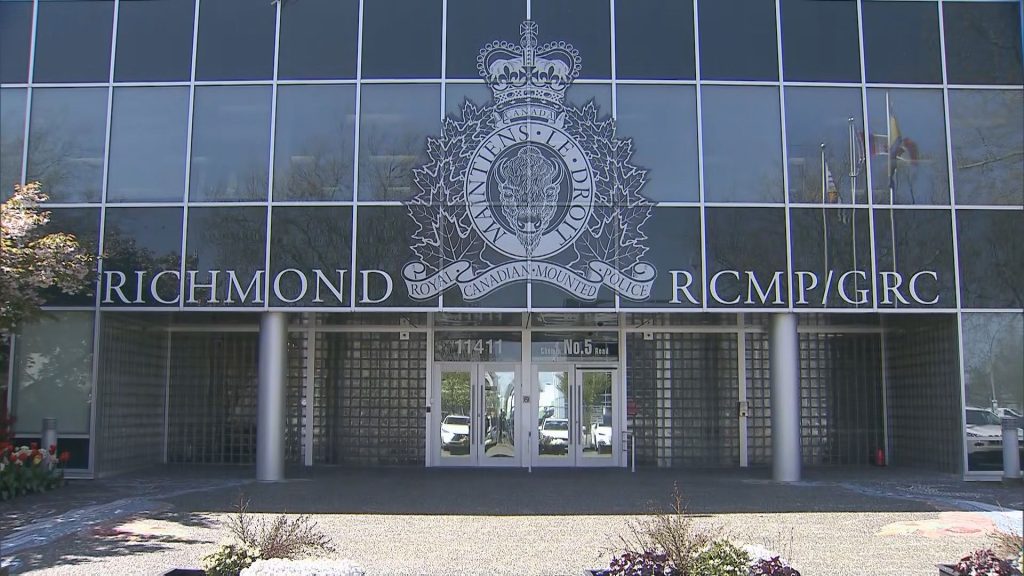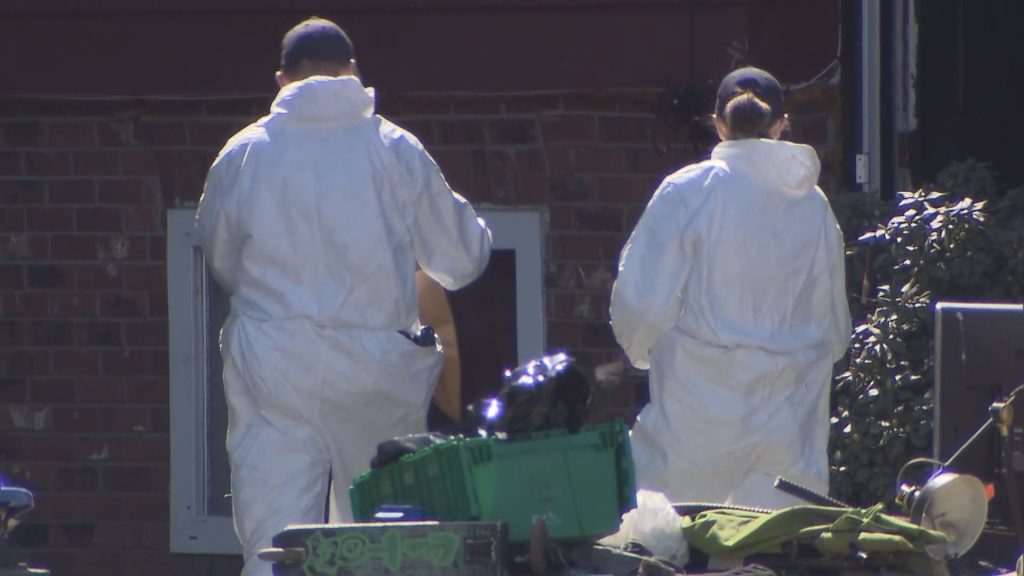Canadian beekeepers blame diluted imports for plummeting honey prices
Posted March 12, 2017 7:00 am.
Last Updated March 12, 2017 10:00 am.
This article is more than 5 years old.
TORONTO – The son of a beekeeper, Grant Hicks has been in the honey game for more than three decades, operating a multi-generational business that now has him overseeing 11,000 hives along with his own two sons.
But Hicks says the plummeting value of Canadian honey — which dropped nearly $53 million last year — is putting the family farm in peril, a situation he says is being exacerbated by the flow of cheap, watered-down products coming into the country.
He and others in the industry believe some imports of honey are diluted with other sweeteners and then purchased at cut-rate prices to be used as an ingredient in cereals, granola bars and other food products in an effort to save producers from paying more for made-in-Canada honey.
Such a money-saving gambit would save companies “a whole of lot of dollars over time,” Hicks says.
“Would anybody know?” he asks.
For the first time since 2011, the value of honey in Canada fell last year — falling from $210,483,000 to $157,805,000 between 2015 and 2016, according to Statistics Canada.
Last year, Canada imported about 6.6 million kilograms of honey, down from 7.3 million kilograms in 2015, according to Statistics Canada. However, total honey imports have risen steadily year-over-year from about 2.8 million kilograms in 2011.
“This transhipped adulterated manufactured honey, if you want to call it that, is affecting us huge,” said Kevin Nixon, chair of the Canadian Honey Council.
The problem of adulterated honey is not limited to Canada. It has also affected prices in the international market, said Norberto Garcia, president of the International Honey Exporters Organization.
The Canadian Honey Council has been urging the federal government to ramp up its efforts to inspect imported honey, Nixon said.
He would like to see the Canadian Food Inspection Agency invest in nuclear magnetic resonance (NMR) testing, which can detect the sweetener’s composition and place of origin, and create a profile of domestic honey to compare imports against.
The Canadian Food Inspection Agency has identified honey as a sampling priority since 1998, said spokeswoman Lisa Murphy.
Between April 2013 and January 2017, the CFIA tested 266 samples of imported honey, she said, and found 19 or 7.1 per cent contained at least one of added sugars or syrups. The CFIA plans to increase the amount it samples this year.
The CFIA uses isotope ratio technique to test, which Murphy said follows the international official standard method of the Association of Analytical Communities.
Garcia and Nixon both argue that people diluting honey have learned how to beat those types of inspection methods, which is why they say NMR testing is needed.
The Canadian Honey Council continues to press the government to increase inspection efforts, but Nixon said he’s been disappointed with the response so far.
“If people are in the business of operating and trading fraudulent product, they are good at it and they know what they’re doing.”
Follow @AleksSagan on Twitter.










